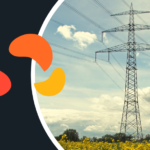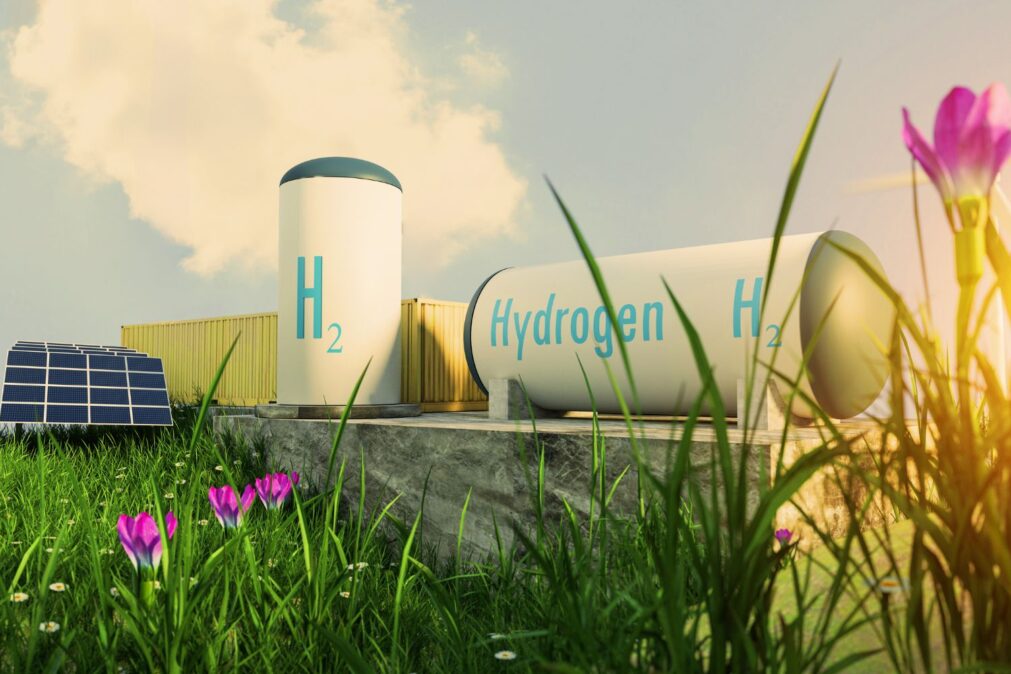There is a great challenge in the decarbonization of the world energy matrix, due to the dependence on fossil fuels. Understand projections.
Investing in decarbonization of the matrix becomes a priority for countries, since, in absolute terms, the increase in energy consumption in 2021 was more than 1,500 TWh, with a large part of the world matrix still composed of fossil fuels.
With this situation, there was an increase in pollution. According to Climate Watch, about 67% of global GHG emissions are linked to fossil fuels and industrial processes. In addition, there was a rise in prices, which impacted several countries, including Brazil.
For the International Energy Agency (IEA), the combination of the absence of faster structural change in the sector and the increase in demand over the next three years could result in additional market volatility, in addition to keeping emission rates at high levels.
The importance of matrix decarbonization
Decarbonization consists of reducing dependence on fossil fuels that emit greenhouse gases (GHG) in the global energy matrix. At this stage, polluting sources are replaced by less emitting options, such as renewable and sustainable energy. As it is impossible for countries to make the change in a short period of time, the energy transition plays a key role in this.
In 2021, rapid economic recovery in a scenario of mass vaccination, in addition to extreme weather conditions, led to a 6% increase in global electricity demand. Without planning, many countries were hostage to price volatility, with shortages of natural gas and coal.
Even though there was an increase in renewable sources, which also occurred in Brazil, coal-fired generation grew by 9%, meeting more than half of the increase in demand, reaching a new historic peak. With this situation, carbon dioxide (CO2) emissions from power generation increased by 7%, also reaching a record, after having decreased in the previous two years.
If countries were better prepared, with investments in low-carbon energy technologies — such as renewable sources, energy efficiency and nuclear energy — the scenario could be different.
What are Brazil’s actions to encourage the reduction of GHG emissions?
Brazil is among the oil and gas producing countries that should better deal with revenue losses amid the energy transition to a low carbon economy, along with the US, UK, China, India and the Netherlands. In this sense, the country stands out for a series of combined factors that indicate a future with a cleaner and more sustainable energy matrix.
One of the projects is Renovabio. This public policy is one of the government’s main actions to promote the expansion of production and use of biofuels with the intention of reducing greenhouse gases (GHG), especially in the transport sector.
The CBIO is one of Renovabio’s instruments issued by voluntarily certified biofuel producers. It is important to note that each CBIO is equivalent to one ton of avoided greenhouse gas emissions into the atmosphere. In other words, an improvement in air quality and more health for Brazilians. According to the National Energy Policy Council (CNPE), the global target for the year 2022 will be 35.98 million CBios.
In addition, the country has also been attracting new investors for other cleaner models, such as biomass-fired thermoelectric plants. From the moment that consumers begin to see value in products made from renewable sources, the country can expand its participation in world markets by offering these products at lower costs than its competitors.
After all, the country has high availability of natural resources with relatively low transformation costs. Thus, the country has everything to become a global decarbonizing power. To learn more about decarbonization of the matrix, read the blog content on Renewable Energy certificates.





